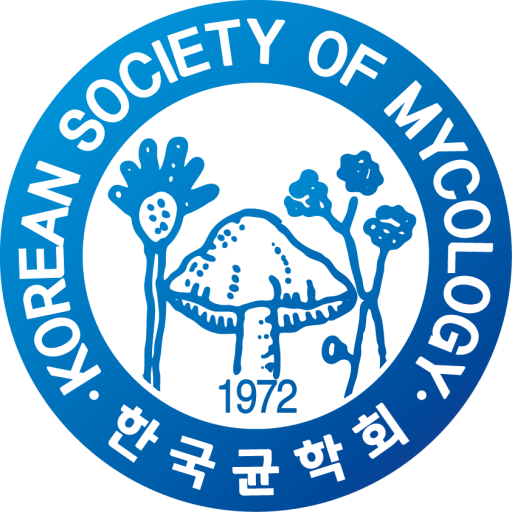Securing genetic resources from freshwater fungi is essential for ecosystem conservation. Freshwater habitats host complex fungal communities whose genetic diversity provides resistance-related compounds and traits against environmental change, pollution, and biological invasions. Notably, Penicillium adametzioides occurs in diverse niches, including freshwater, fruits, and insects, and is a pathogen causing fruit rot in grape and pomegranate. Antagonistic activity against ochratoxin, a toxic compound produced by Aspergillus spp., has been reported. In addition, metabolites of P. adametzioides such as spiroquinazoline, bisthiodiketopiperazines, and acorane sesquiterpenes can inhibit aquatic pathogens, underscoring its potential as a biocontrol agent. This study, we integrate long-read and short-read sequencing to assemble a high-quality reference genome of P. adametzioides isolated from a freshwater environment and to characterize its genomic features and secondary metabolic pathways, thereby assessing its ecological roles and biotechnological/industrial potential. Comparative analyses with publicly available Penicillium genomes will identify specific genes in P. adametzioides, and functional predictions will clarify their physiological roles and mechanisms of environmental adaptation. Overall, this study re-evaluates the value of freshwater genetic resources and provides foundational data for sustainable ecosystem management. This work was supported by a grant from the National Institute of Biological Resources (NIBR), funded by the Ministry of Environment (MOE) of the Republic of Korea (NIBRE202506).

 English
English